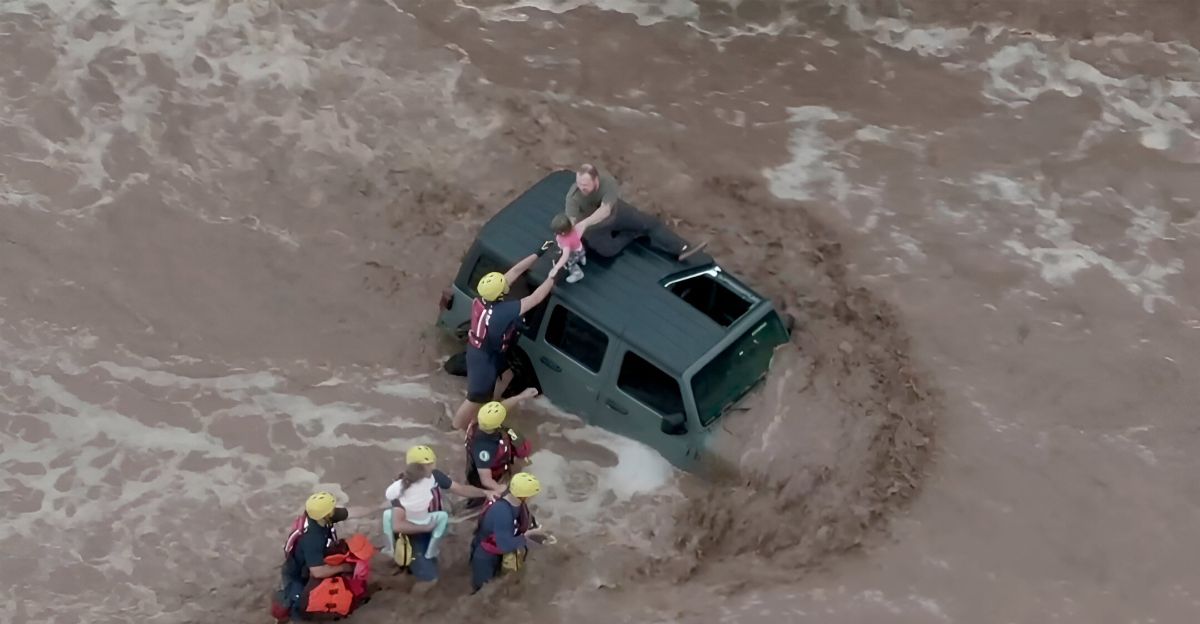
On Friday night, September 26, a sudden flash flood tore through Globe, Arizona. In just a few hours, powerful water currents swept through historic downtown and nearby neighborhoods, causing major destruction. At least four people lost their lives, including three in Globe and one in Scottsdale.
Countless vehicles were picked up and carried away, streets turned into rivers, and buildings were left severely damaged. Many residents described the scene as something they could never have imagined. Search and rescue teams rushed to help, but the speed and strength of the water made their work extremely dangerous.
What Caused Such Massive Flooding?

The deadly flooding was triggered by a burst of heavy rain that was far more intense than usual for the area. Within a few hours, rivers and storm drains in Gila County were overwhelmed. Meteorologists reported that the rainfall on Friday night was record-breaking, pouring down faster than the ground could absorb.
With so much water falling in such a short amount of time, creeks overflowed and streets flooded badly. Many people had little time to prepare or escape, as warnings went out quickly, but the water rose even faster.
Families Lose Homes and Cars in a Night
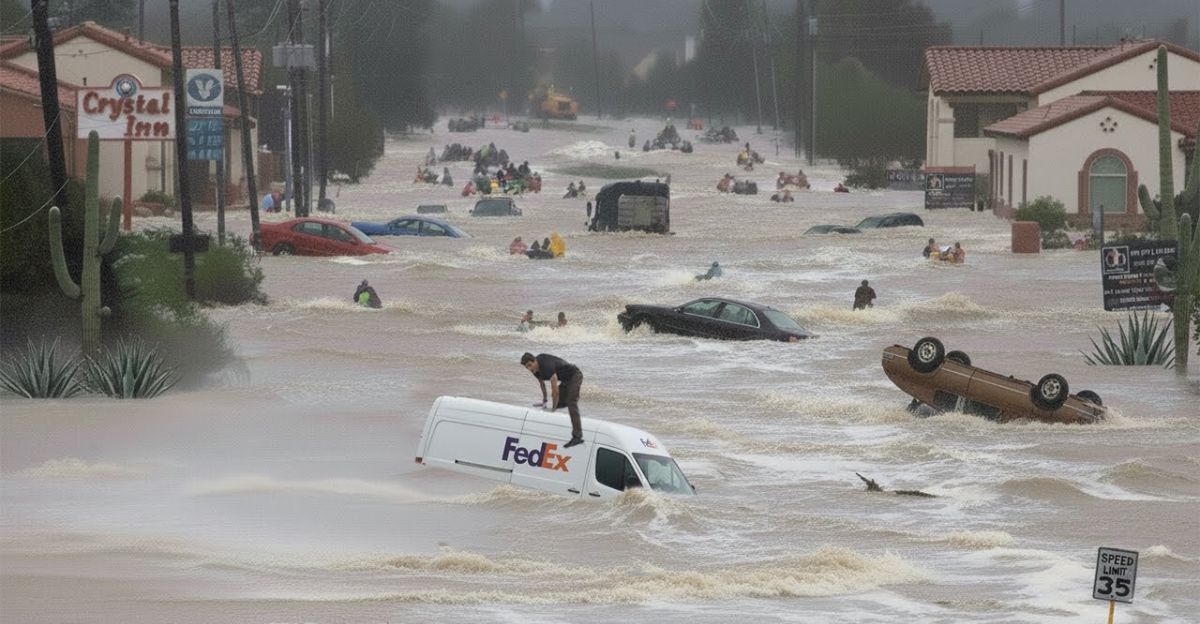
For hundreds of people living in Globe and neighboring Miami, life changed overnight. The rushing floodwaters destroyed dozens of homes and swept away cars, leaving many families without shelter or basic necessities. People lost their furniture, appliances, and personal belongings in a matter of minutes.
Access to roads, electricity, and water was cut off in many places, making it hard for residents to get help or even leave town. Emergency shelters quickly filled with families forced to flee for safety, while volunteers hurried to provide food, supplies, and comfort. “The flooding in Gila County has caused heartbreaking loss and serious damage,” said Arizona Gov. Katie Hobbs.
Fast Food, Grocers Step Up for Community

After the flood hit, nearly all local businesses had to shut down because streets were blocked and buildings were ruined. This left many with nowhere to get food or supplies. To help, some national restaurant and grocery chains rolled out mobile kitchens and pop-up markets.
They served hot meals to first responders and evacuees while helping emergency centers keep people fed. Donations poured in from suppliers as shelves emptied.
Car Market and Insurance in Crisis
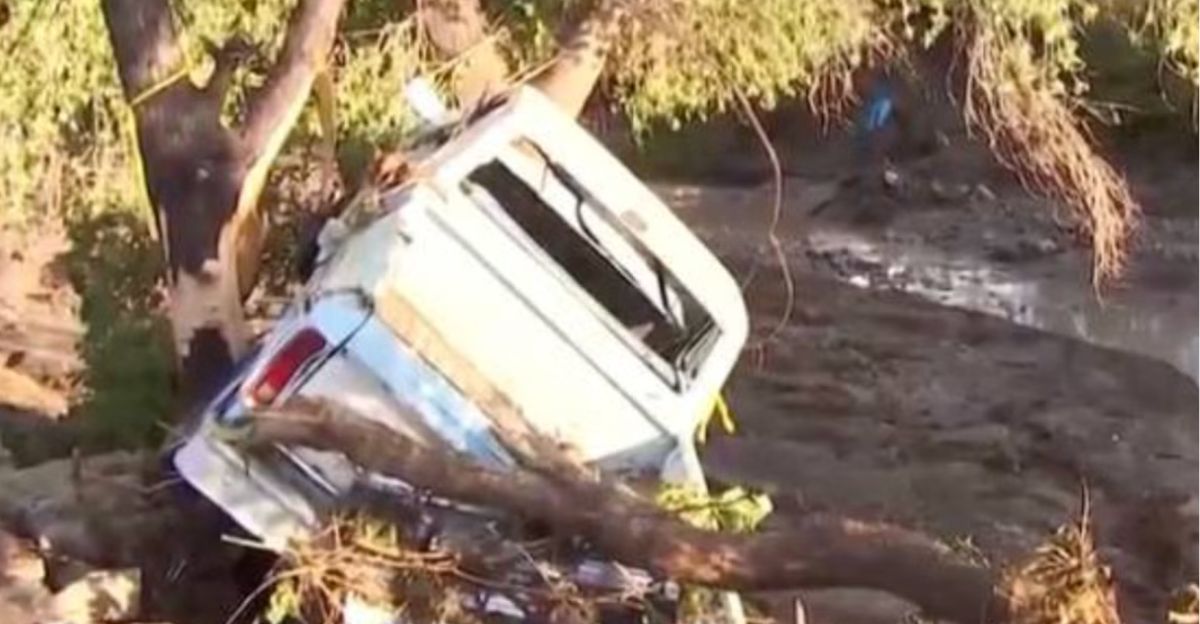
The flood left hundreds of cars totaled or stranded, so local insurance agencies were bombarded with claims from people needing help or replacement vehicles. The demand for used cars skyrocketed, affecting prices across the region.
Dealerships started giving priority to flood victims who had lost their only method of transportation. Many worried about how they would pay for repairs or new cars if their insurance didn’t cover the full cost.
States and Feds Race to Help

The destruction in Globe drew swift help from all directions. Neighboring states sent emergency supplies, portable generators, and rescue teams. At the same time, federal agencies such as FEMA collaborated with Arizona officials to organize temporary housing and deliver critical resources.
Governor Katie Hobbs said in a press briefing, “We are assisting efforts to ensure the safety of missing individuals,” while authorizing the deployment of the Arizona National Guard for added rescue and security operations.
Remarkable Rescue Missions

First responders faced one of the toughest challenges in years during the Globe flood. Working through the night, Gila County sheriff’s deputies and fire crews rescued families trapped on rooftops or inside flooded vehicles. Chief Deputy Sarah Bennett described waist-deep, fast-moving water and said the risky operation required everyone to trust each other and move fast.
The Gila County Emergency Manager called it a massive search and rescue operation, highlighting the hazards that responders faced as they braved dark, unpredictable floodwaters.
Arizona Declares a State of Emergency
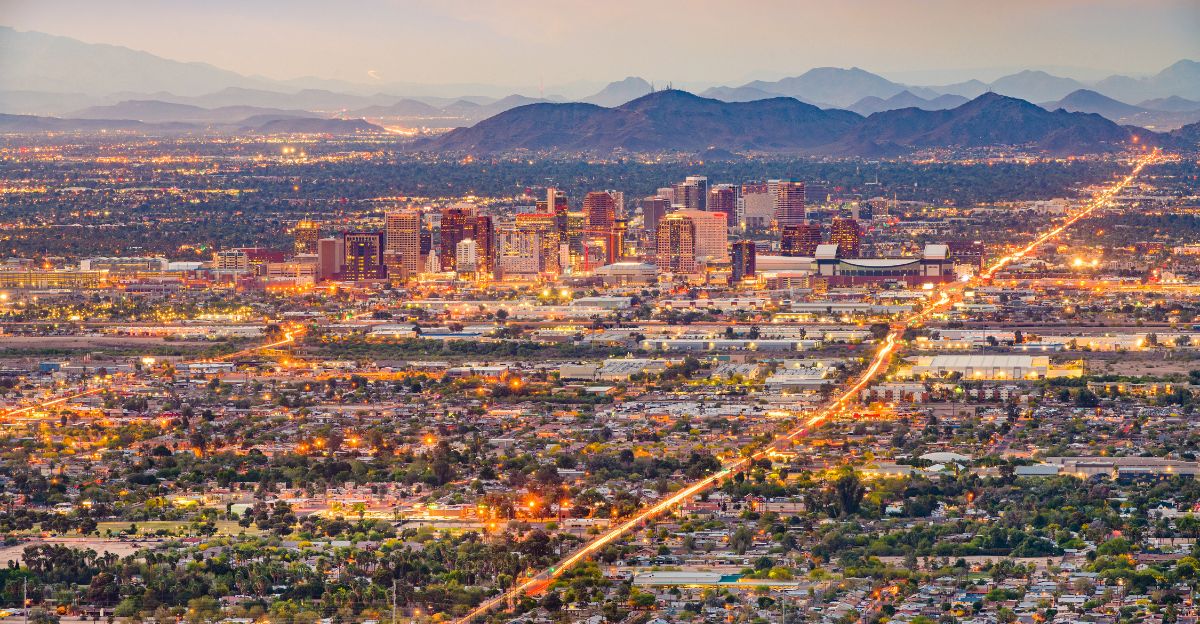
Saturday morning, Arizona Governor Katie Hobbs declared a state of emergency for the whole region. She cited the loss of life and massive damage, saying, “This swift action brings much-needed resources to our communities as we respond to a disaster that has already cost lives and damaged critical infrastructure.”
State and national resources, including the National Guard, were mobilized, and certain regulations were suspended to expedite the recovery process. The declaration marked a turning point, assuring families that help was on the way.
Big Hit to Local Economy

The floods didn’t just damage homes, they also hit local businesses, farms, and supply chains hard. Initial estimates suggest over $30 million has been lost regionally, with farmers and small shop owners bearing the brunt. Insurance companies now warn that people living in flood-prone areas may see their premiums go up, or may even have trouble finding coverage.
Grocery Stores Find Creative Solutions

In the wake of the flooding, major food retailers rerouted their supply trucks to ensure that unaffected areas could still receive products quickly. Pop-up pharmacies helped residents refill prescriptions, and food delivery centers focused on feeding neighborhoods cut off by debris or damaged roads.
Larger store chains with backup plans were able to get up and running soon after the roads reopened. Smaller, local stores struggled more due to lost stock and staff shortages. Community support and adaptation kept food and medicine flowing when it mattered most.
Struggles for Restaurants and Hotels

Flooding and widespread power outages forced many Globe restaurants and hotels to close their doors. Some lost all their inventory or suffered severe building damage. Restaurant industry groups worked with local relief agencies to provide prepared meals at emergency shelters, doing their best to support both displaced residents and their own workers.
Hotel associations offered any available rooms to families forced from their homes. Many businesses plan to reopen, but know the road ahead will be tough and will require both patience and community support.
Hazards from Utility and Chemical Damage

As the floodwaters rose, about 1,000 propane tanks were washed downstream, raising serious concerns about chemical spills and fire hazards. Utility companies raced to restore power and clear blocked water lines, while hazardous materials teams worked to keep the public safe from any leaks.
Waste management faced huge piles of debris and complicated spill cleanup sites, making it tough to get services back online quickly. The city posted, “Historic Downtown Globe is currently unsafe, with compromised buildings as well as hazardous chemicals and debris, including propane tanks.”
Prices Spike Across Arizona

With damage to supply chains and increased demand for basics like groceries and fuel, prices have gone up for everyone, not just those hit directly by floods. Families needing to rent a car or find a place to stay found rising costs frustrating and stressful.
Floods Put Public Health at Risk
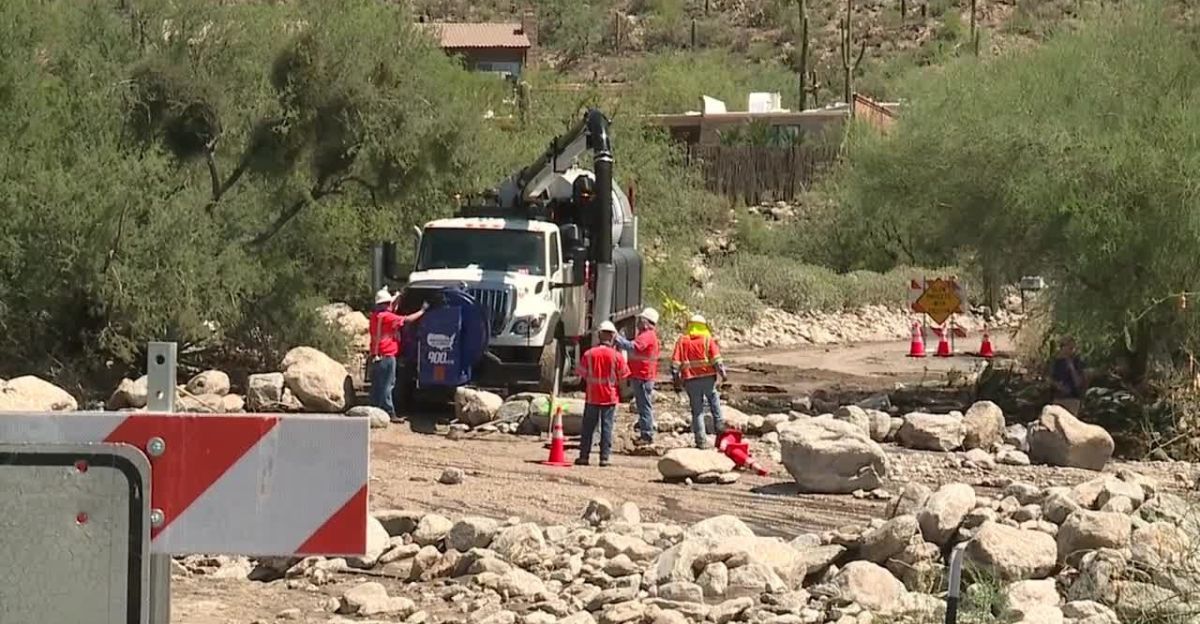
Floodwaters contaminated local water supplies and left behind standing pools, the perfect conditions for outbreaks of waterborne diseases. Arizona health officials quickly issued alerts, asking residents to stay out of affected rivers and to use only bottled water for drinking or cooking.
The community was also warned about mosquitoes and other pests that can spread illness in damp, hot conditions. These warnings are crucial for keeping people safe as debris is cleared and infrastructure slowly returns.
Renewed Focus on Environment and Growth
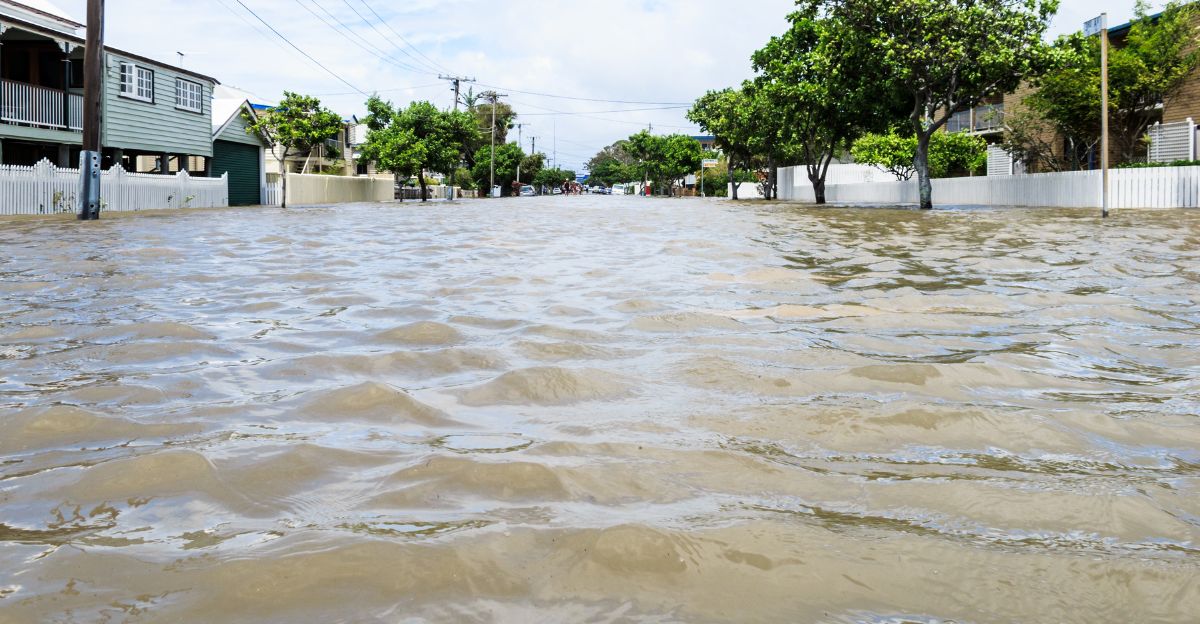
The disaster has sparked debate about how Globe and the surrounding area should grow and prepare for future floods. Some environmental groups say rapid development and old infrastructure made the flooding worse, calling for investment in more resilient designs and sustainable planning.
However, others argue that the main cause was simply extreme, unpredictable weather. The issue has become a hot topic at city council meetings, with local leaders facing tough questions about how to prevent a tragedy like this in the future.
Businesses Gain and Lose Amid Recovery

Not every business was hurt the same. Auto repair shops and construction firms saw a surge in demand as the community started to rebuild, while small businesses without insurance faced make-or-break crises.
Meanwhile, charitable organizations became local heroes, organizing donation drives and volunteer crews. For some, this disaster means new business, but for others, it’s a fight for survival.
Investors Watch Insurance and Construction

As soon as news of the disaster broke, investors turned their attention to companies that would see either risk or opportunity. Regional insurance agencies braced for a wave of claims that could affect their bottom line, while construction and supply companies faced new contracts for rebuilding homes, shops, and roads.
Advice for Flood Victims and Consumers

Experts strongly urge people who lost property or suffered damage to take photos, document their losses, and file insurance claims as soon as possible. Residents are reminded to use only licensed, reputable contractors and to check regularly for updates about water safety or disaster aid.
Local aid agencies stand ready to provide support, while emergency officials encourage everyone to avoid any deals that seem too good to be true and to focus on taking small, steady steps toward recovery.
Future Plans for Globe and Arizona
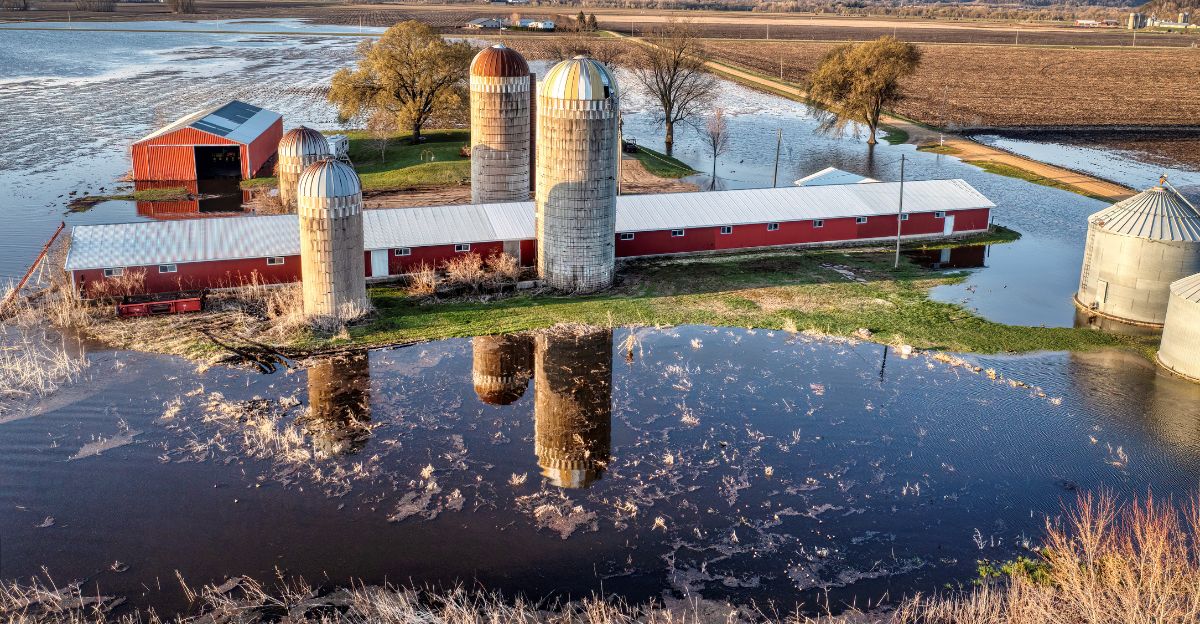
The flood has made state and local leaders rethink how communities prepare for disasters. Plans are in the works for better flood prevention, stronger infrastructure, and improved warning systems across the region.
Public meetings are being scheduled to collect ideas and feedback, while federal funds are expected to boost recovery and long-term resilience.
Turning Tragedy into Hope
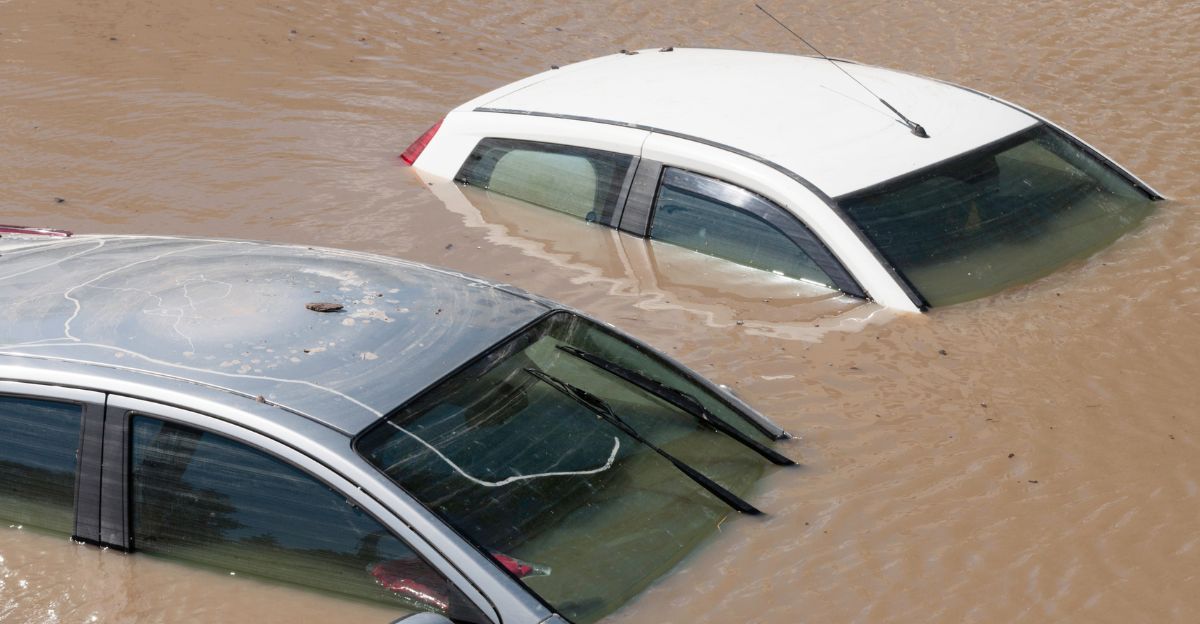
The devastation from this historic flood showed both how vulnerable towns like Globe are and how determined their people can be. As families return and the cleanup begins, there’s a new sense of urgency about being ready for whatever the future brings. Policymakers are talking about building back stronger, and neighbors are supporting each other like never before. “We understand the deep desire to help right now; our community always steps up,” said Gila County’s emergency manager, Carl Melford. Out of tragedy comes the promise of real change—and a more resilient future for everyone touched by the disaster.